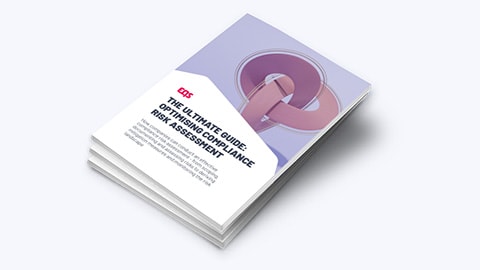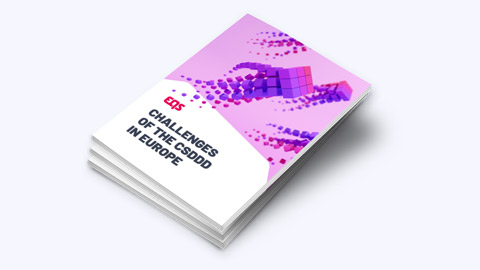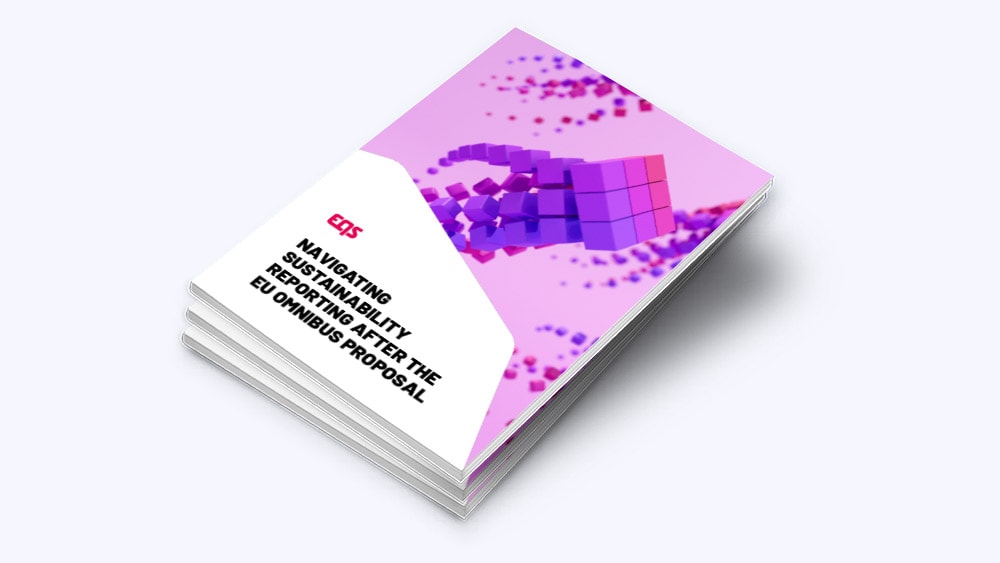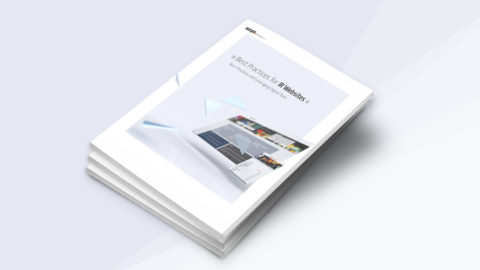10 Reasons Why Companies Should Use an Integrated Compliance Platform
Instead of using separate digital compliance solutions, it makes sense to embrace an integrated compliance platform. Here are 10 reasons why…

Facing tough new regulations and growing pressure from investors and the public, companies are increasingly digitising their compliance operations to ease the burden. Digital software has revolutionised compliance workflows in recent years with a host of RegTech solutions such as web-based whistleblowing systems, digital policy managers and interactive rulebooks arriving on the market. While these are certainly useful tools on an individual basis, they are most effective when bundled together in one package. The integrated compliance platform has become the digital Swiss Army Knife for modern compliance departments and here are 10 reasons why companies should take note.
1. Logical links between applications uncover insights that would have otherwise remained invisible
2. Reports, insights and audit checks across the whole compliance program can be done much more easily
Well-designed integrated compliance solutions tend to seamlessly fuse themselves into the business process as opposed to acting as just an extra layer of oversight. Reports and insights can be accessed throughout the business by relevant stakeholders whenever necessary.
Digitising the audit trail also helps track every step of the financial process, as well as who accessed documents, tremendously boosting audit efficiency. Rather than asking people about problems on an individual and time-consuming basis, audit teams can focus on change logs for proof of action taken. Interdepartmental bureaucracy and long email exchanges are also minimised as auditors can access all necessary information through the integrated solution. An electronic audit trail also allows an organisation to produce solid evidence in the case of an investigation or if a regulator comes knocking.
3. Employee acceptance is much higher when all compliance workflows are concentrated in one place and presented in company branding
For understaffed or busy compliance teams, having all digital solutions concentrated in one place optimises processes and efficiency. Whereas outmoded solutions saw responsibility for compliance distributed across the entire organisation, arranging everything in one place leads to compliance ownership. The approach of harnessing an integrated digital solution allows the compliance team to fully understand their mission as well as the repercussions if rules and regulations are breached.
The same goes for the entire company where a single system generates higher levels of acceptance among staff. Employees who are filing gift approval requests or making whistleblower reports through the same platform will become inherently familiar with its functionality and be more inclined to use it as a result. Concentrating everything in one place helps generate more awareness about the importance of compliance in general.
If an integrated platform is supplied in an organisation’s look and feel, it highlights that organisation’s commitment to effective and state of the art compliance management, motivating the team and providing with them with the best tools possible. It also creates the sense that the integrated platform is of the same quality level as the products or services the organisation itself is selling, boosting employee acceptance even further.
4. Training reduced due to user familiarity with existing interface
For many companies, a single digital compliance programme, such as a web-based whistleblowing system or policy management tool, is the first step towards the introduction of a fully integrated system. As a result, compliance teams in such companies tend to be familiar with existing applications, user interface and functionality, facilitating the introduction of similar solutions catered to other areas.
Unsurprisingly, that also means that the level of training required can be kept to a minimum, saving time. Compliance professionals can also quickly train their peers, negating the need for extra sessions from the software provider. The same principle applies to the integrated solution where training on one module will hasten familiarity with others.
5. Connections to existing data sources (HR system, ERP, CRM) only need to be set up once
When it comes to introducing an integrated compliance platform, effective control of data is paramount, especially when it comes to the areas of availability, storage and protection. Using a multitude of separate compliance programmes necessitates connections throughout the company whether it is to the HR system, ERP or CRM.
With an all-on-one solution, the workload is greatly reduced, and this already becomes clear during the setup phase. Having everything under one roof means that connections just need to be made once. Any new compliance modules being added to the hub can plug into the existing infrastructure, ensuring a smooth introduction from a technical standpoint.
6. Permissions for general compliance roles can established faster
In the same way multiple compliance modules make life easier from the technical and connectivity side of things, the same principle is evident when it comes to permissions for general compliance roles. Binge viewers dream about the holy grail of the most popular streaming platforms merging into one integrated hub containing all their favourite shows for a single monthly fee. Integrated compliance platforms already offer something similar to compliance professionals.
Multiple compliance tools need multiple subscriptions and associated user accounts which means things can quickly become complex. As well as being more cost-effective, an integrated platform allows a compliance department to be far more flexible, especially in terms of role distribution. For example, if a member of the compliance team needs to handle policy issues while a colleague is absent, access can be set up quickly, while as already mentioned, the familiar interface helps keep training to a minimum.
7. One login is much more comfortable than having different credentials
8. IT security and data privacy assessments only need to be done once
While the digitalisation of compliance presents massive advantages, there is an element of risk involved such as the possibility of cyber-espionage or hacking attacks against a company’s IT infrastructure. Therefore, it is important for an organisation to weigh the possibilities presented by an integrated compliance solution with the requirements of laws such as the GDPR in order to ensure it complies with data protection legislation.
Such an assessment is time consuming and must be carried out for other company tools as well such as video conferencing applications or project management software. The advantage of the integrated compliance solution is that this only needs to be carried out once. Utilising separate compliance programmes can make this step complex and laborious.
9. Switching from one compliance task to another is seamless and straightforward
Imagine you are a compliance professional analysing the latest set of gifts and invitations requiring approval when an urgent request comes in to update a key section of company policy within the digital rulebook. You have to sign out of one application, open another, remember your password, search for the policy and eventually update it. An effort that eventually grows irritating and tiring.
The integrated solution ensures that switching between compliance tasks happens seamlessly and efficiently, saving the compliance team both nerves and time. Having everything in one place provides an overview of the organisation’s entire compliance spectrum in real-time, allowing the most pressing tasks to be tackled without the hassle of multiple programs, passwords and logins.
10. Scalability and adaptability for a growing business
Scalability is a major advantage of an integrated compliance platform. An expanding business inevitably has to add more employees, deal with a heightened number of regulations and navigate risks such as supply chain violations. With a number of different digital tools under one roof that are constantly updated by the software provider, a firm will be well positioned to navigate new areas of compliance and deal with an increasing number of violations without a drastic increase in the manpower of its compliance team. Extra software modules catered to specific compliance areas can be easily added.
Furthermore, a rapidly growing business expanding internationally may also need to apply new language functionality to its operations, a step that can prove time-consuming for companies using older compliance technology. Modern integrated platforms can be easily modified to incorporate a host of new languages with relatively little effort, ensuring the compliance team is on the same page despite potential linguistic barriers and differing global regulations.

Dieser Leitfaden erklärt übersichtlich, wie Sie erfolgreich eine Analyse der Compliance-Risiken in Ihrem Unternehmen durchführen





